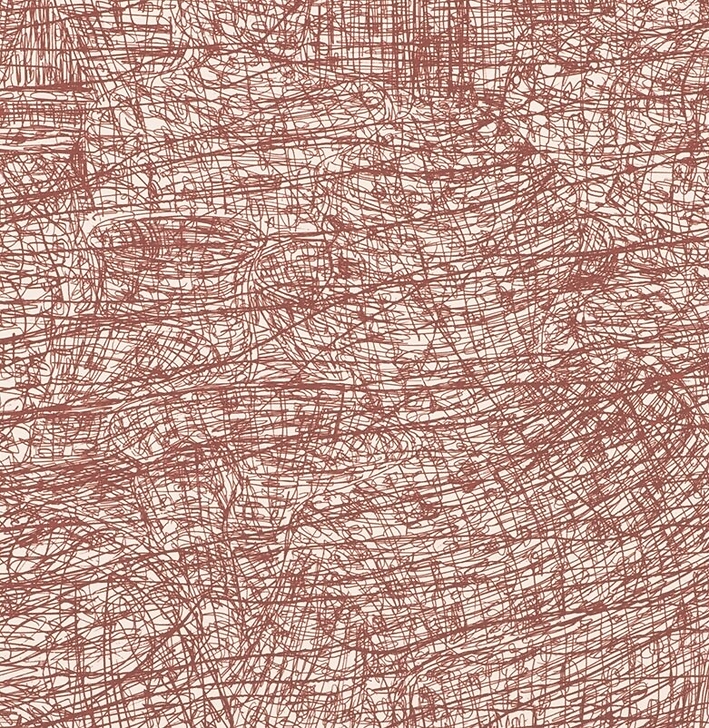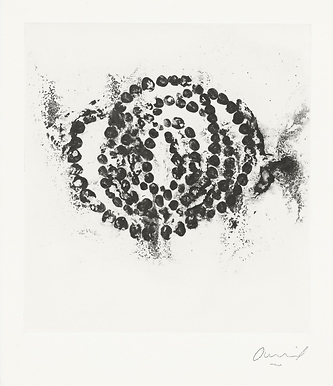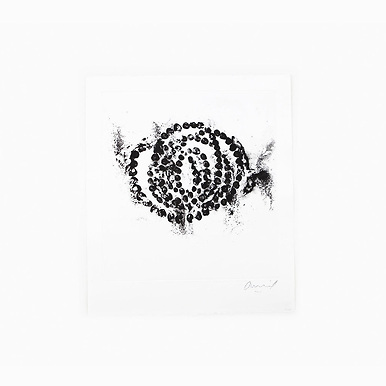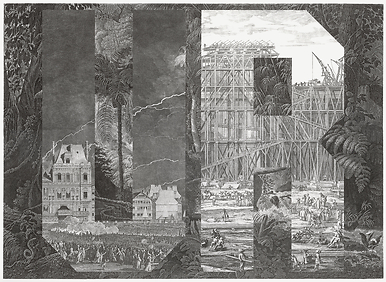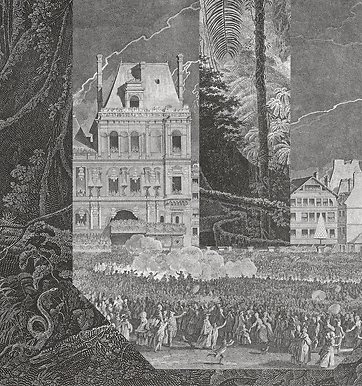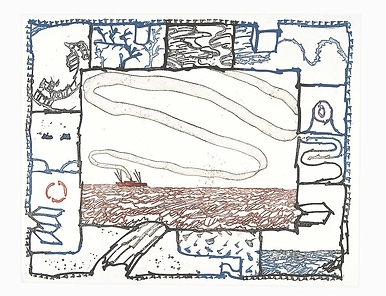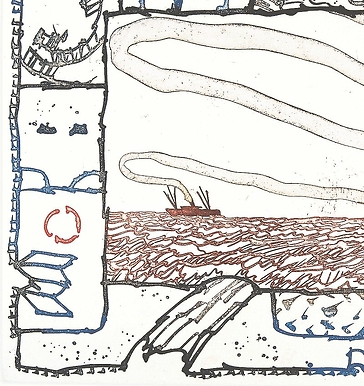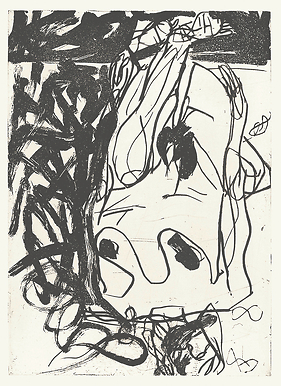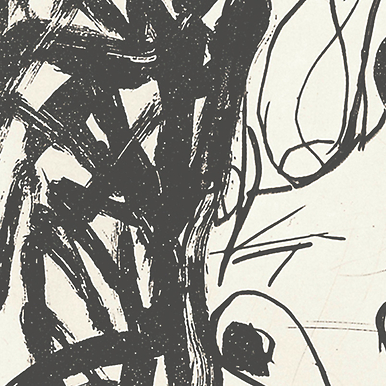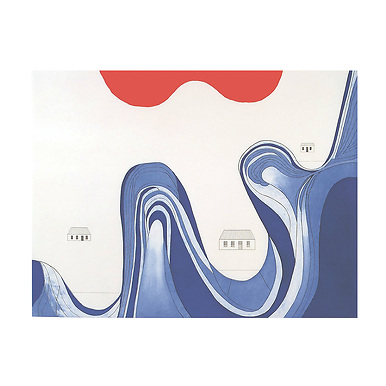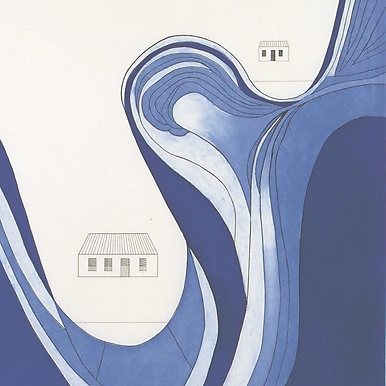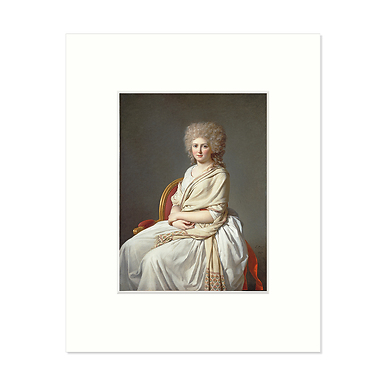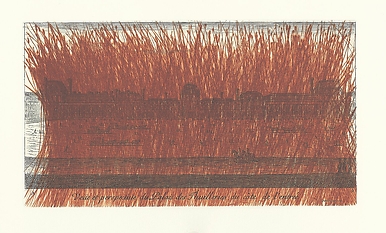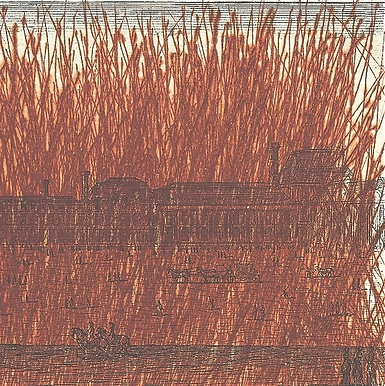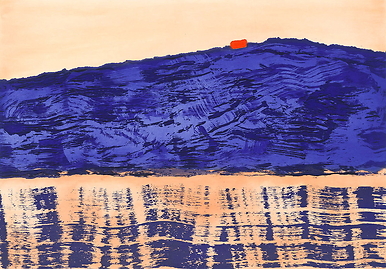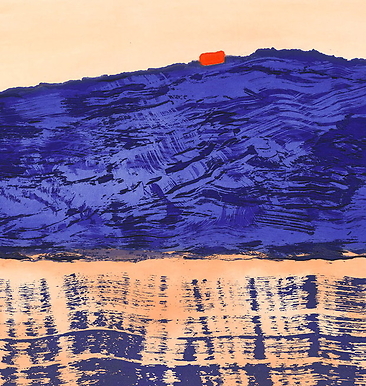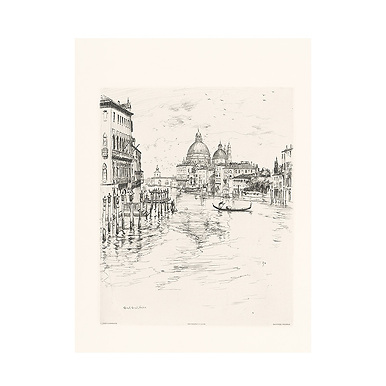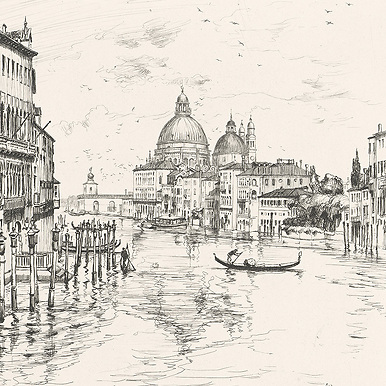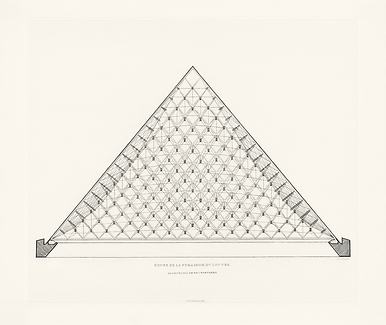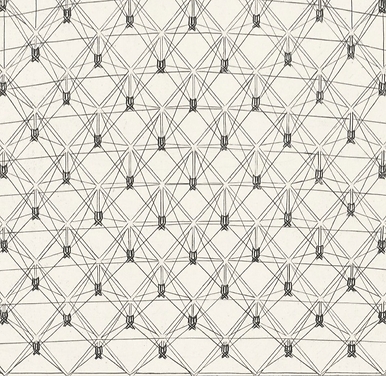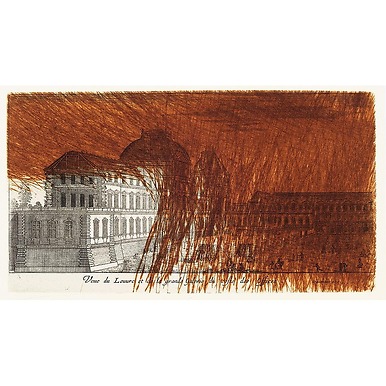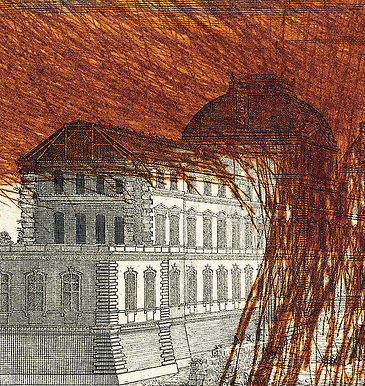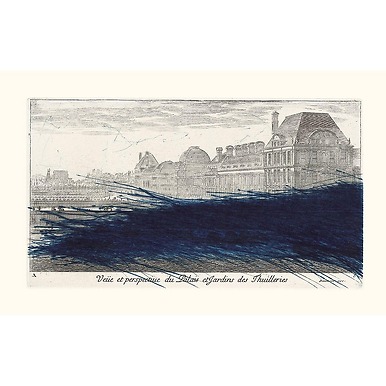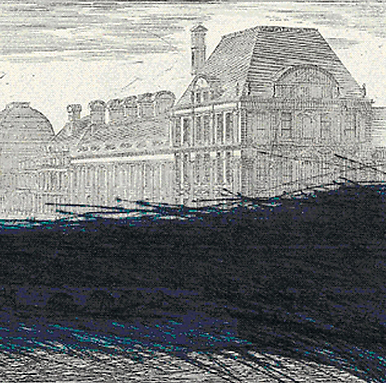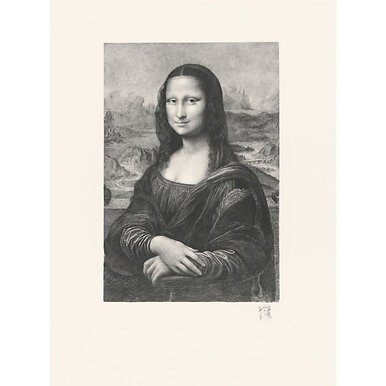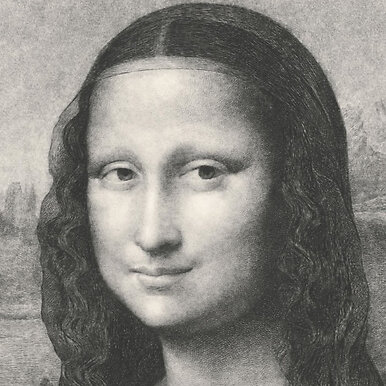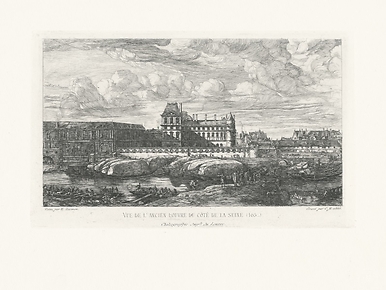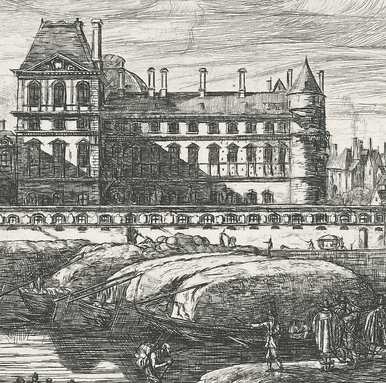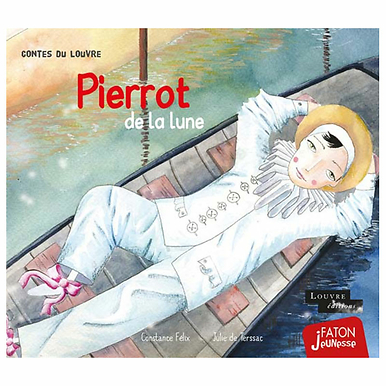Engraving Tony Cragg - Tick-tock
KM011424
Since 1989, the Louvre Museum and the Réunion des musées nationaux have entrusted contemporary artists with the task of producing engraved plates for Chalcographie, which ensures the exclusivity of the print run, without limitation on the number of prints.
Very different trends in contemporary art are...
Read more
Since 1989, the Louvre Museum and the Réunion des musées nationaux have entrusted contemporary artists with the task of producing engraved plates for Chalcographie, which ensures the exclusivity of the print run, without limitation on the number of prints.
Very different trends in contemporary art are represented. Geneviève Asse meets Georg Baselitz, Pierre Courtin, Jean-Pierre Pincemin, Pat Steir, Jean-Michel Alberola, Robert Morris, Louise Bourgeois, Markus Raetz, Pierre Alechinsky or Agathe May.
After studying science, British sculptor Tony Cragg entered London's Royal College of Art in the early 1970s and embarked on a career as a sculptor. Influenced by Pop Art and Expressionist abstraction, he uses salvaged or cheap materials to create sculptures that reflect the artist's interest in the hybridization and metamorphosis of form. His drawings and prints seem far removed from his sculptures, and are in no way preparatory phases or preliminary research. Rather, like this print, Tick-Tock, they are a field for artistic exploration. They feature an internal structure of full and empty spaces, and a certain indistinguishability between abstraction and figuration. As Tony Cragg puts it, his work is "like the construction of a landscape with everything that makes it up: there's the urban world, the architecture, but also the organic world, the atmosphere and the geological structure".
Close
Sold by GrandPalaisRmn

